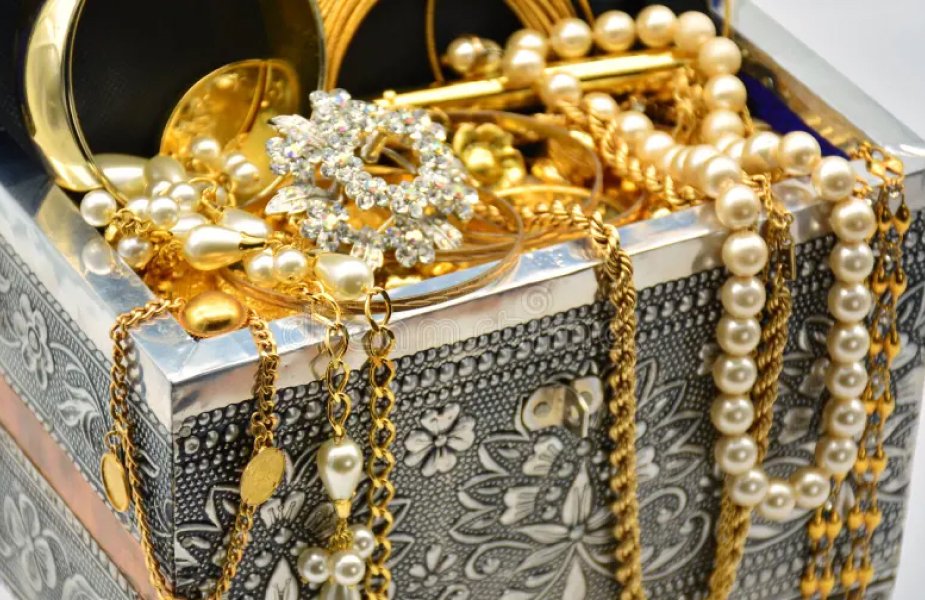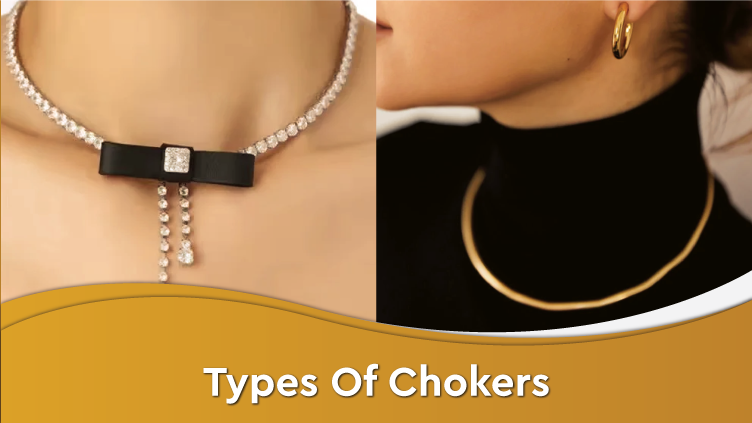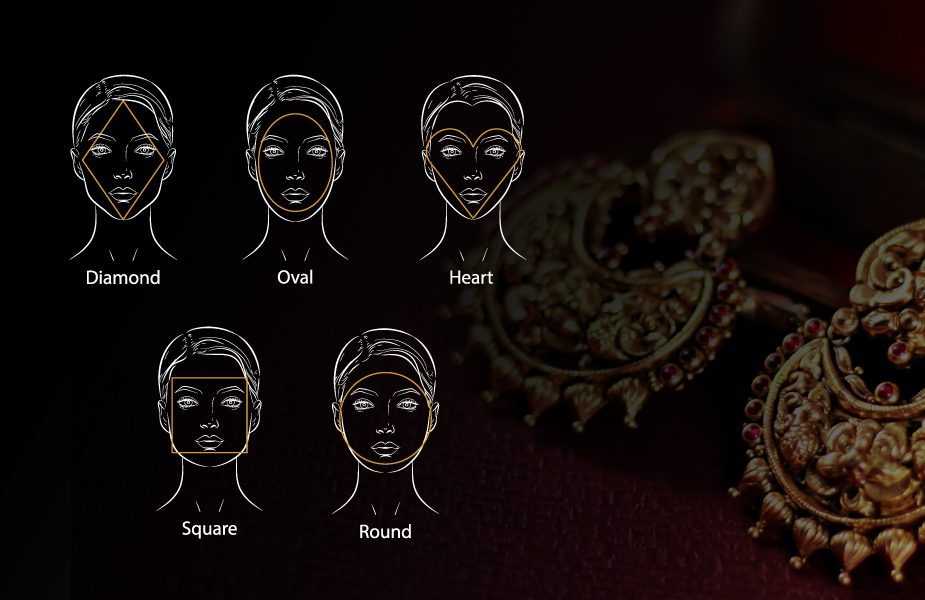History of Brass Metal

January 29, 2025
Brass is an alloy made primarily of copper and zinc, and its history dates back thousands of years. The earliest use of brass can be traced to around 1000 BCE in the ancient civilizations of the Middle East and the Mediterranean. Early forms of brass were often made by accident when copper was heated with ores containing zinc, such as calamine, a zinc ore. This resulted in a mixture of copper and zinc, which became the basis of brass.
Ancient Beginnings
The first known use of brass in ancient history occurred in the Roman Empire. Roman craftsmen began producing brass around the 3rd century BCE, utilizing the natural processes of smelting copper and zinc together. Brass became a popular metal for creating coins, decorative items, and armor due to its attractive yellow color, durability, and resistance to corrosion. The Romans coined the term “orichalcum” for a brass-like alloy, and it was highly valued for its resemblance to gold.
The Middle Ages and Renaissance
During the Middle Ages, the use of brass spread to various parts of Europe and the Islamic world, particularly in the production of coins, buttons, and intricate ornamental designs. In the 15th and 16th centuries, brass became important in Europe, especially in the development of clocks, bells, and other mechanical parts due to its excellent workability and ability to resist rust.
The invention of the Zinc Extraction Process in the late 18th century allowed for a more efficient and consistent production of brass. This helped revolutionize the availability and use of brass in industrial applications, such as plumbing, hardware, and electrical components.
Industrial Revolution and Modern Era
The Industrial Revolution in the 19th century marked the widespread use of brass in machinery, architecture, and jewelry. As industrial processes improved, the ability to create large quantities of brass made it an even more desirable material for both practical and decorative purposes. It was used extensively for making items like musical instruments (such as trumpets and saxophones), faucets, doorknobs, and military equipment.
In the 20th century, brass also became a popular material in the fashion industry, particularly for jewelry and accessories, due to its gold-like appearance and versatility. The ability to easily plate brass with gold led to its widespread use in costume jewelry, offering a more affordable alternative to solid gold pieces.
Contemporary Use
Today, brass remains a widely used metal in various industries, including architecture, electronics, automotive manufacturing, and jewelry. It is appreciated for its aesthetic qualities, durability, and ease of manufacturing. In jewelry, brass is commonly used as a base metal, often gold-plated, to achieve the luxurious look of gold without the high cost.
In summary, the history of brass spans centuries, from its accidental discovery in ancient times to its role as a key material in modern industry and design. Its enduring popularity is a testament to its versatility, beauty, and practical applications.





